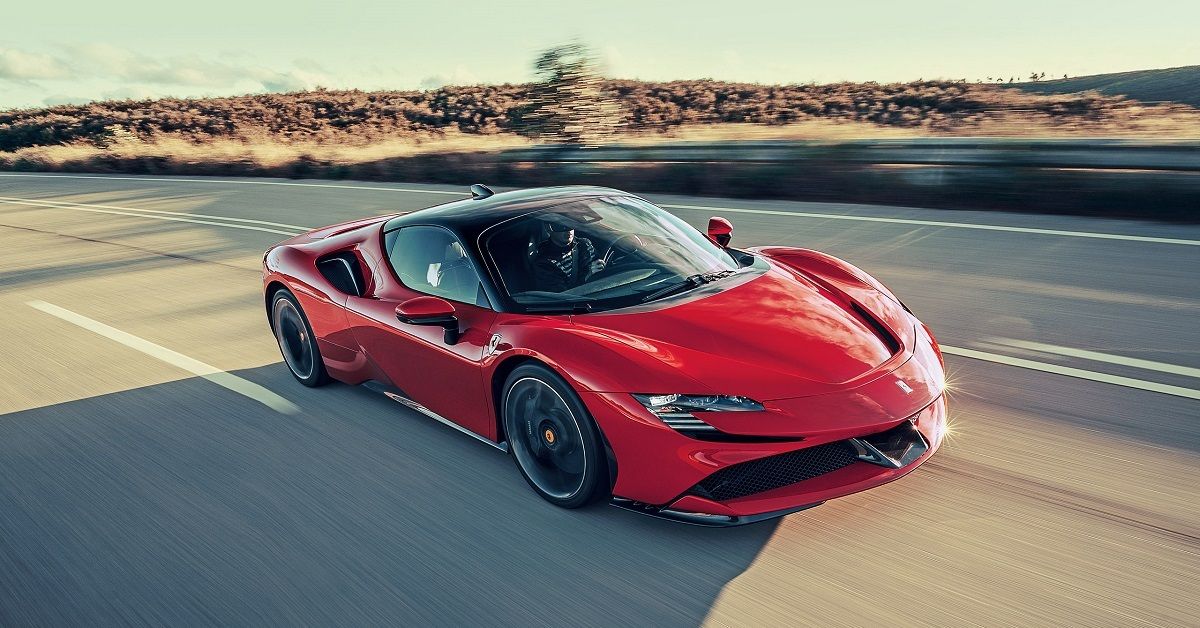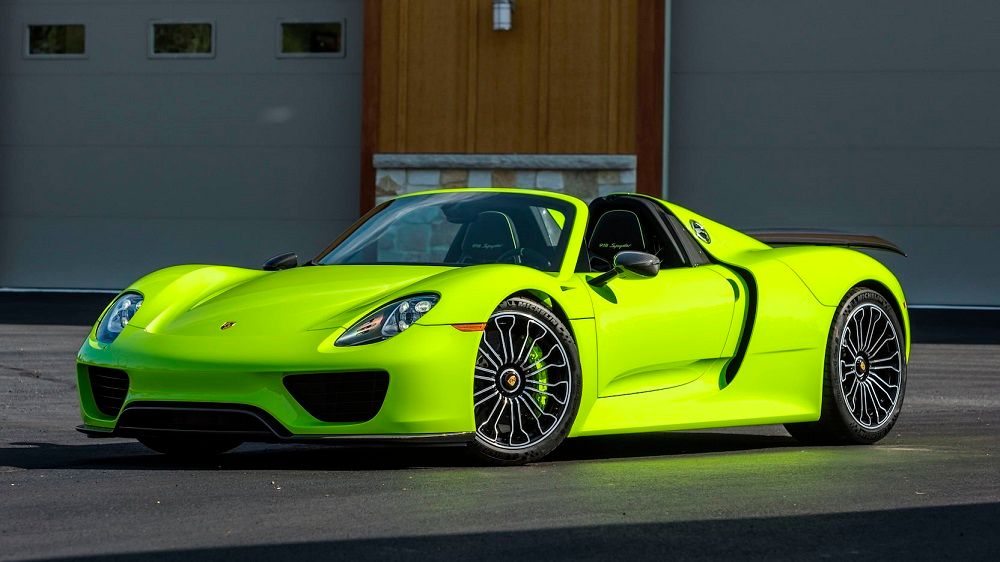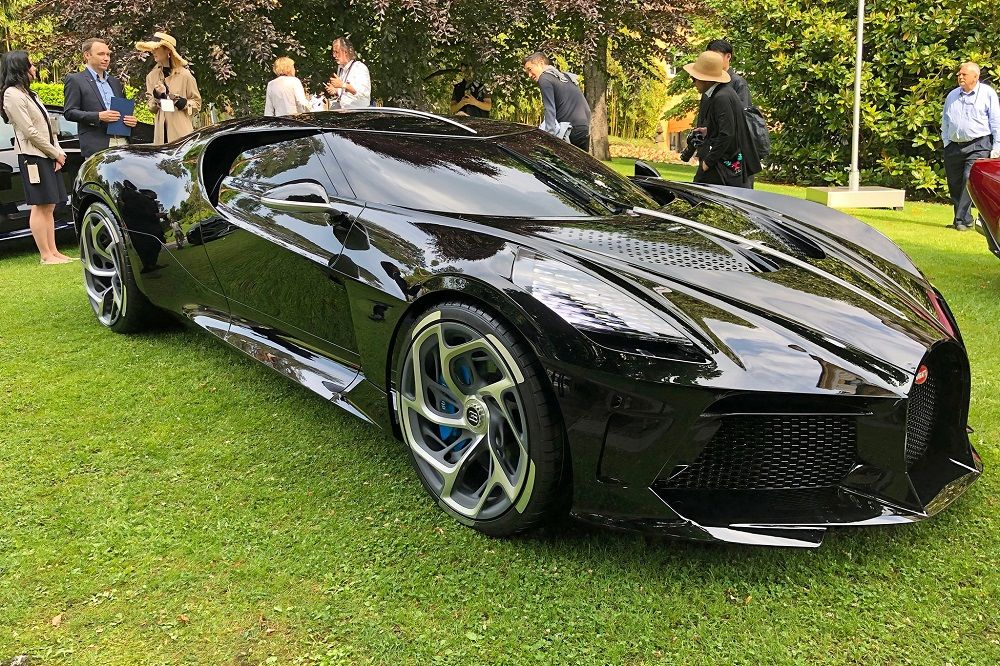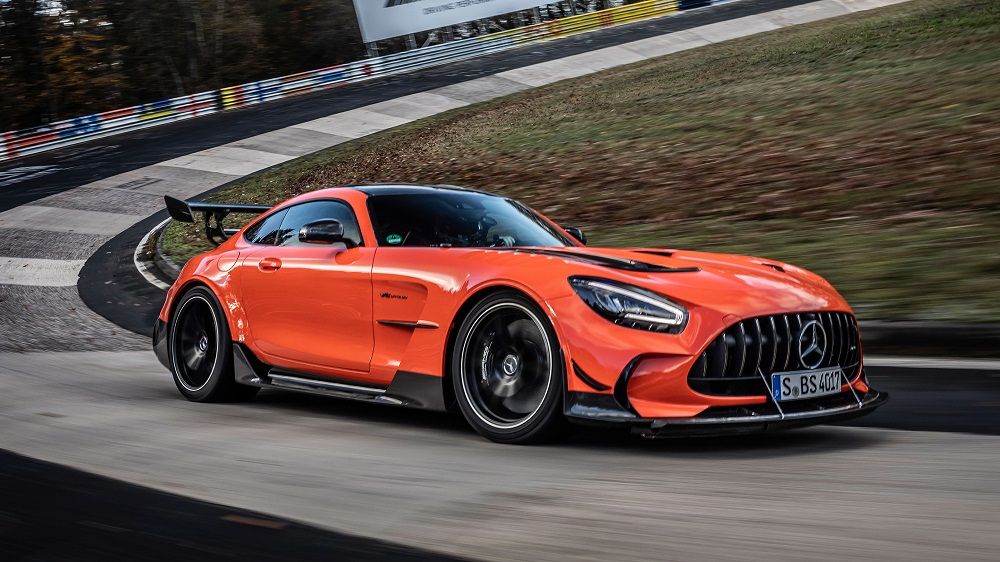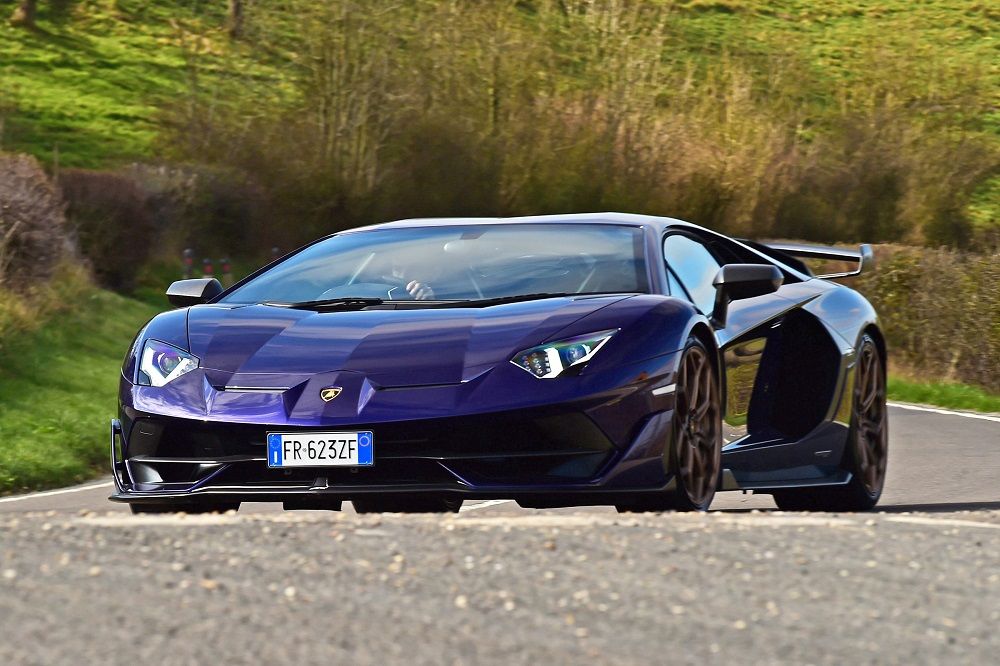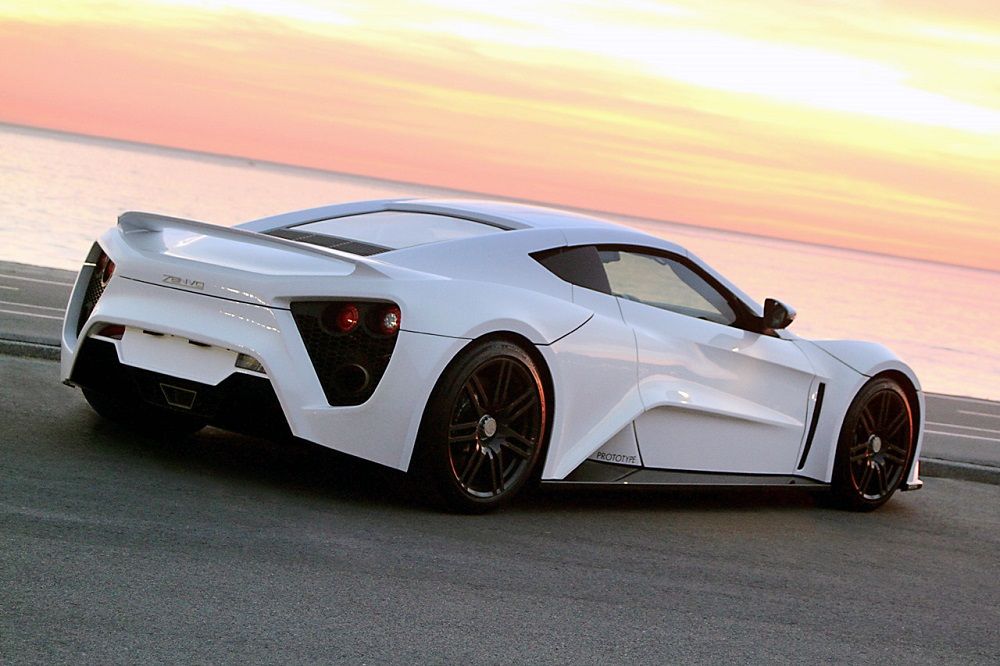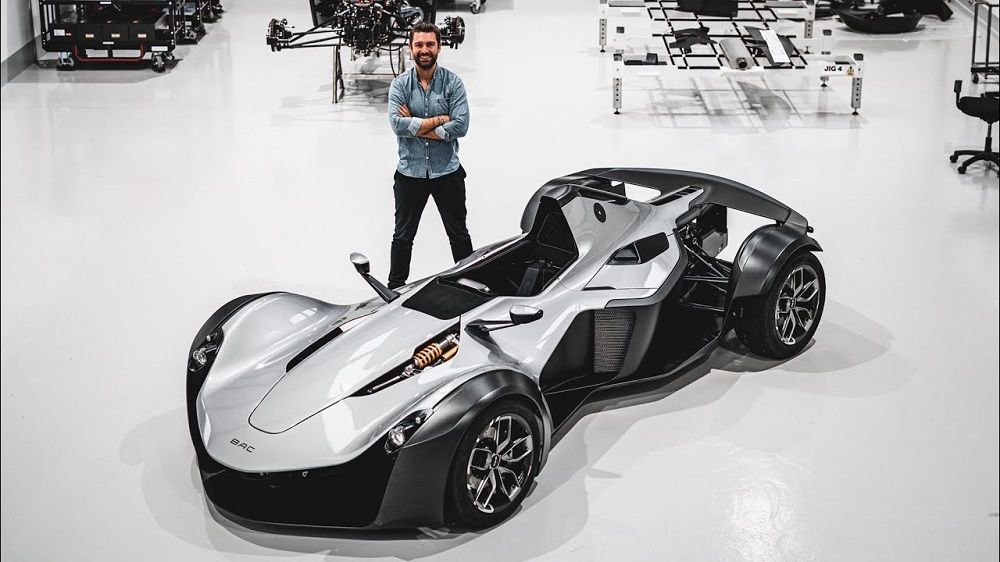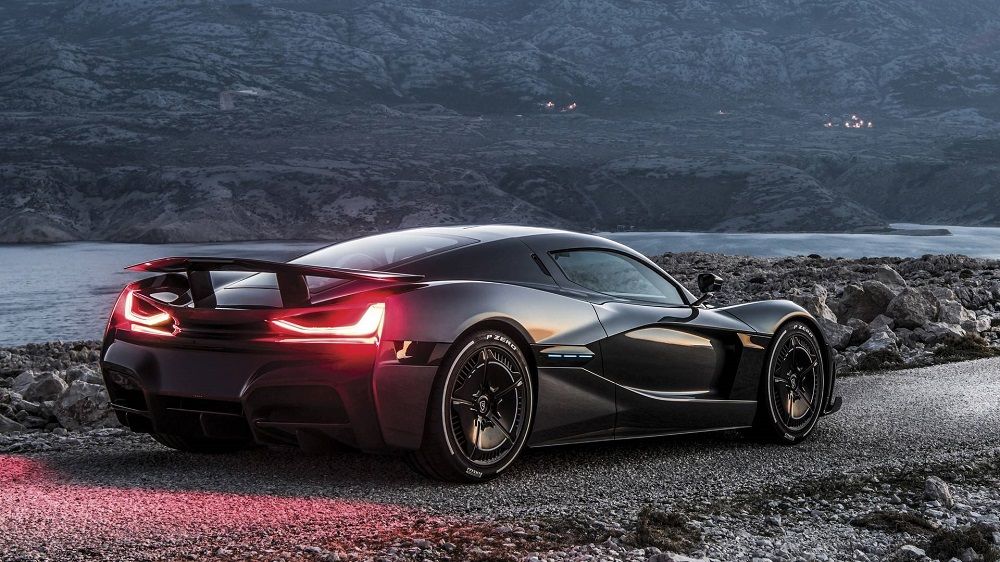Supercars and rear-wheel-drive (RWD) go way back. Even now the SSC Tuatara, the current record holder for the fastest production car, is an RWD creation. A look at lap times disaggregated by drive system will suffice to show front-wheel drive doesn’t hold a candle.
All-wheel-drive (AWD), in the meantime, is typically seen as the domain of rock climbers and rally cars. Good in grubby, suboptimal conditions, but surely unsuited to the clean and pure realm of asphalt. That’s since been proven categorically false, but we might even go further. In the realm of the hypercar, the fastest and most expensive performance machines on the market, does RWD offer any meaningful advantages over AWD?
Modern high-end all-wheel-drive systems are sophisticated enough that rear-wheel-drive is increasingly obsolete for the hypercar.
AWD Offers Important Advantages
First and foremost, acceleration. With two sets of rubber pulling out of the gate instead of one, and the burden on the rear tires alleviated, wheelspin is reduced and acceleration improves dramatically. Look up any car’s RWD vs AWD acceleration numbers, and we guarantee the AWD will be quicker out of the gate.
The acceleration can also be applied to certain aspects of handling. With AWD, the car can maintain higher speed through corners. With a RWD layout, the rear tires are always susceptible to swinging out, especially when the weight is biased forward. As Autobytel notes, AWD lets you hammer the throttle out of turns.
Traction improvement is helpful not only in acceleration but with navigating challenging surfaces. Pushing a supercar through a rain-slicked road, snow, or ice, is a lot easier with a four-wheel-drive system. The point is, it’s a lot easier to take out an AWD car to just drive it; you don’t need to wait for optimal conditions.
Its Disadvantages Are Irrelevant for Hypercars
The disadvantages of AWD are cost, (partially from poor fuel economy) complexity, weight, and in some vehicles, a lack of steering feel. The last is impossible to quantify, but that’s supercars in a nutshell. Hypercar engineering has alleviated to the point of irrelevance, if not outright eliminated, virtually all of these problems.
Complexity and cost fall into the same bucket. People who own hypercars don’t do their own maintenance because their careers (assuming they actually earned any of their money) have reached the point where they’re beyond needing to do any of their own work. They have a secretary to write their emails, a maid to do their chores, a boarding school to raise their children, and stock investments to make their money. Paying for repairs isn’t much of an issue.
See the performance impacts for yourself. The Aventador SVJ, the fastest car on the Nurburgring for the last couple of years, was an AWD, as are the other four in the top ten. The car that recently unseated it, the AMG GT-R Black Edition, is likewise AWD. The (former) fastest car in the world, the Bugatti Chiron, also has all-wheel drive.
The main drawback of all-wheel drive is the weight. Predictably, doubling the number of certain components will make the car significantly heavier, sometimes on the order of several hundred pounds. That said, this doesn’t seem to be an issue in the grander scheme of things; the SVJ and AMG GT-R Black Edition are heavier than the 911 GT2 RS, but still beat it around the 'Ring.
AWD Can Offer RWD’s advantages
The 918, Aventador, AMG GT-R, Huracan Performante, and SF90 all achieve optimal 47:53 weight distribution with AWD – and some of these have hybrid systems as well. Hybrids enable the AWD paradigm to be shifted a little; the BMW i8 manages perfect 50:50 weight distribution with petrol on the rear axle and hybrid power on the front. This suggests that weight distribution isn’t the issue; instead, it’s having a drive system coupled to the front and rear axles.
Yes, AWD systems tend to understeer, even on extremely high-end systems like the 918’s rear-wheel steering. However, even this can be mitigated almost completely by two main methods. First, even relatively conventional "variable-AWD" systems such as those on the Audi RS3 or Mazda CX-5 can also choose how much power to push to each wheel, meaning you can kick a huge majority to the rear two wheels to allow steering via throttle control.
Second - if this doesn’t work - Lamborghini has pioneered something even more drastic. The Aventador can actually decouple the front axle from the drive system altogether. This essentially removes the one practical issue separating AWD from RWD in terms of handling feel and makes the Aventador’s Nurburgring victory a little less surprising.
The Zenvo ST1 placed a pretty clear mark on the boundaries of RWD as a platform. Predictably, cranking over 1000 hp to the rear wheels wasn’t particularly good for anything other than a dragster. On Top Gear, the car famously fishtailed wildly around the track and burst into flame. AWD can handle this power just fine.
What Niche for RWD?
So really the only issue is weight, an issue that doesn’t seem to prevent it from competing with RWD cars even around one of the world’s hardest tracks. That said, we’d be idiots to assume this would spell the death of RWD in the realm of high-performance vehicles. It’ll just be used by cars best equipped to take advantage of it.
Porsche 911s, with their rear-engine layout, will always be capable with RWD. Ultra-lightweight specials like the BAC Mono you see above or Caterhams usually have low enough total horsepower that wheelspin isn’t an issue, and the decreased weight of an RWD system will only be an advantage. Finally, cars with sufficient downforce – the Gumpert Apollo, the Senna, Viper ACR, will be able to maintain high performance even with RWD.
This does still leave us with the difficult question of the Ferrari 488 Pista and the McLaren 720s. Neither of these is a downforce monster on the level of the Senna or ACR, but they’re astoundingly formidable on the track. Clearly, RWD isn’t going to die out any time soon in the hypercar world. That said, AWD’s capabilities are beginning to render it retro rather than optimal.
Sources: Autobytel, CarThrottle, Car and Driver, The Drive, FastestLaps, Evo, Jalopnik, Miata.net, Motor Trend, PistonHeads, Reddit, Road & Track, Sharp Magazine, Top Gear,

